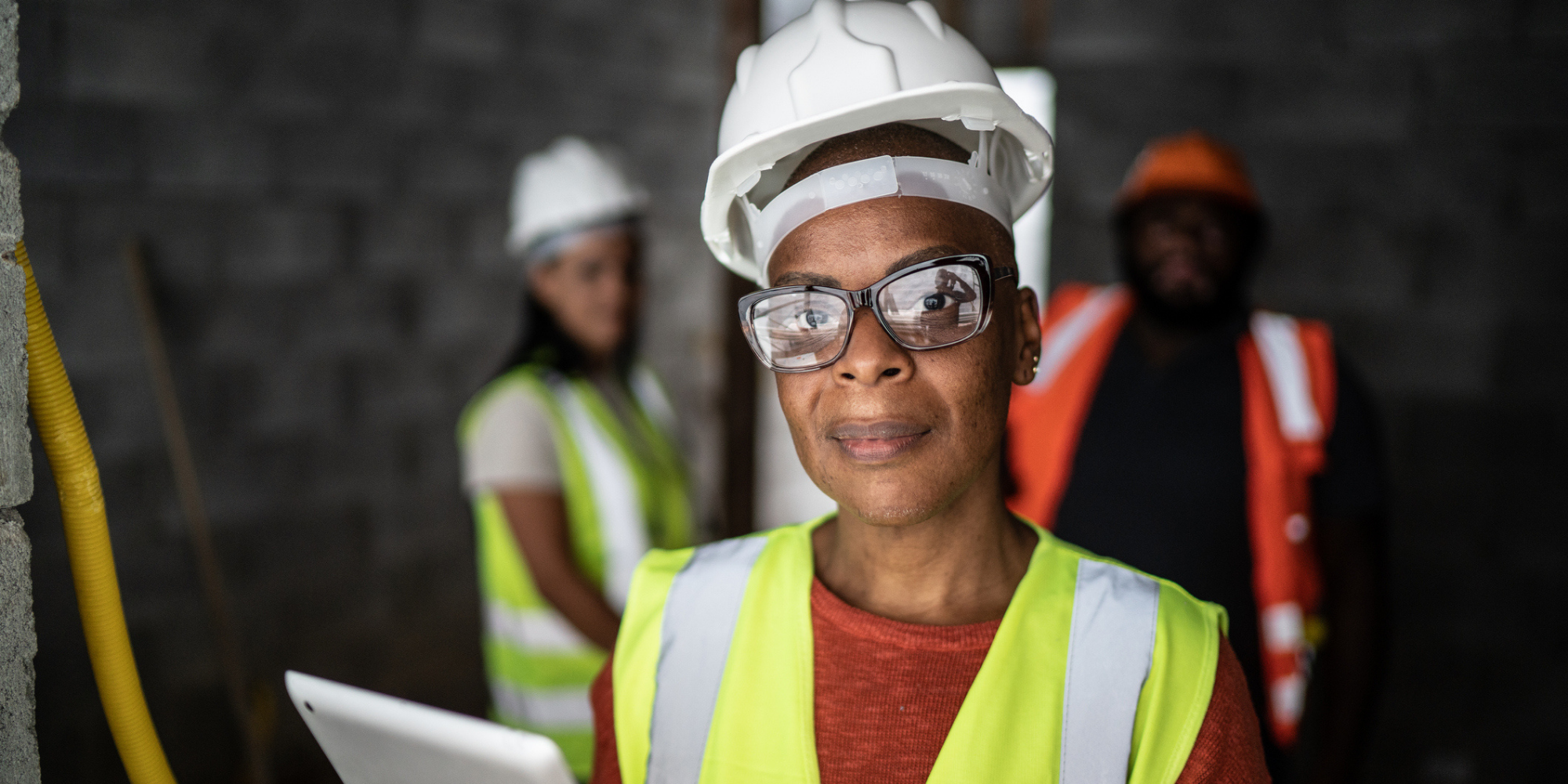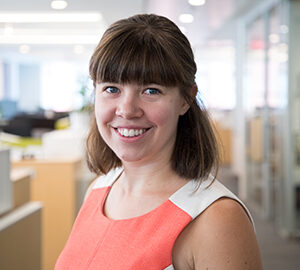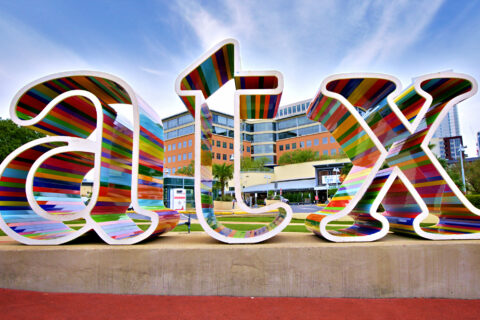Expanding Equitable Access to Infrastructure Jobs in Rochester, MN through Community Co-Design (Part of the Cities of Opportunity Initiative)
The COVID-19 pandemic amplified inequities and catalyzed the need for change. The National League of Cities (NLC) Cities of Opportunity (CoO) initiative builds on the important role that city leaders play in addressing structural inequities through a social determinants of health (the factors or conditions that influence how well we live, and how long we live) framework. The CoO initiative supports cities to advance policy and systems change to improve health and racial equity. In January 2021, as part of the CoO initiative, NLC launched the Mayors’ Institute to Spur Job Creation and Economic Opportunity to Improve Health and Equity through COVID-19.
Through a selective application process, six cities took part in the Institute effort, developing multi-year work plans incorporating health and racial equity to spur job creation and economic opportunity for low-to-no income residents. Informed and guided by data, cities engaged in the effort worked to advance anchor institution partnerships and address structural barriers to employment. By including the resident voice and authentically co-creating with community, city leaders can build trust and successful programs, processes, and policies that the residents will support. As part of their work in the Mayors’ Institute, Rochester, MN is taking an innovative approach to partnering with community and creating equitable access to careers for BIPOC women in construction and the built environment industry.
Up Close: Rochester MN – Expanding Opportunity for BIPOC Women in Construction through Community Co-Design
Rochester, MN is a rapidly growing city (anticipated to grow by nearly 40% over the next 15 years) that houses the state’s largest employer – a health care provider with a national and international patient base, the Mayo Clinic. The community is unique in that it serves people from all over the world and strives to create a welcoming and inclusive atmosphere. The city’s diversity spans ‘temporary’ residents that are here for healing, a diverse medical professional sector, as well as a rapidly growing migrant and immigrant community. In addition to its workforce of 30,000 employees, Mayo attracts over 3 million visitors a year from over 128 Countries. Rapidly growing cities face unique challenges – job creation and fulfillment, affordable housing, equitable economic development, access to health care etc. Realizing that the City of Rochester is not unique in facing these challenges, we chose to be a part of the Mayor’s Institute to share in learning, support and success with other cities facing the same or similar challenges. Centering equity when thinking about growing communities is important, so we chose to focus on underserved communities who have the greatest health disparities.
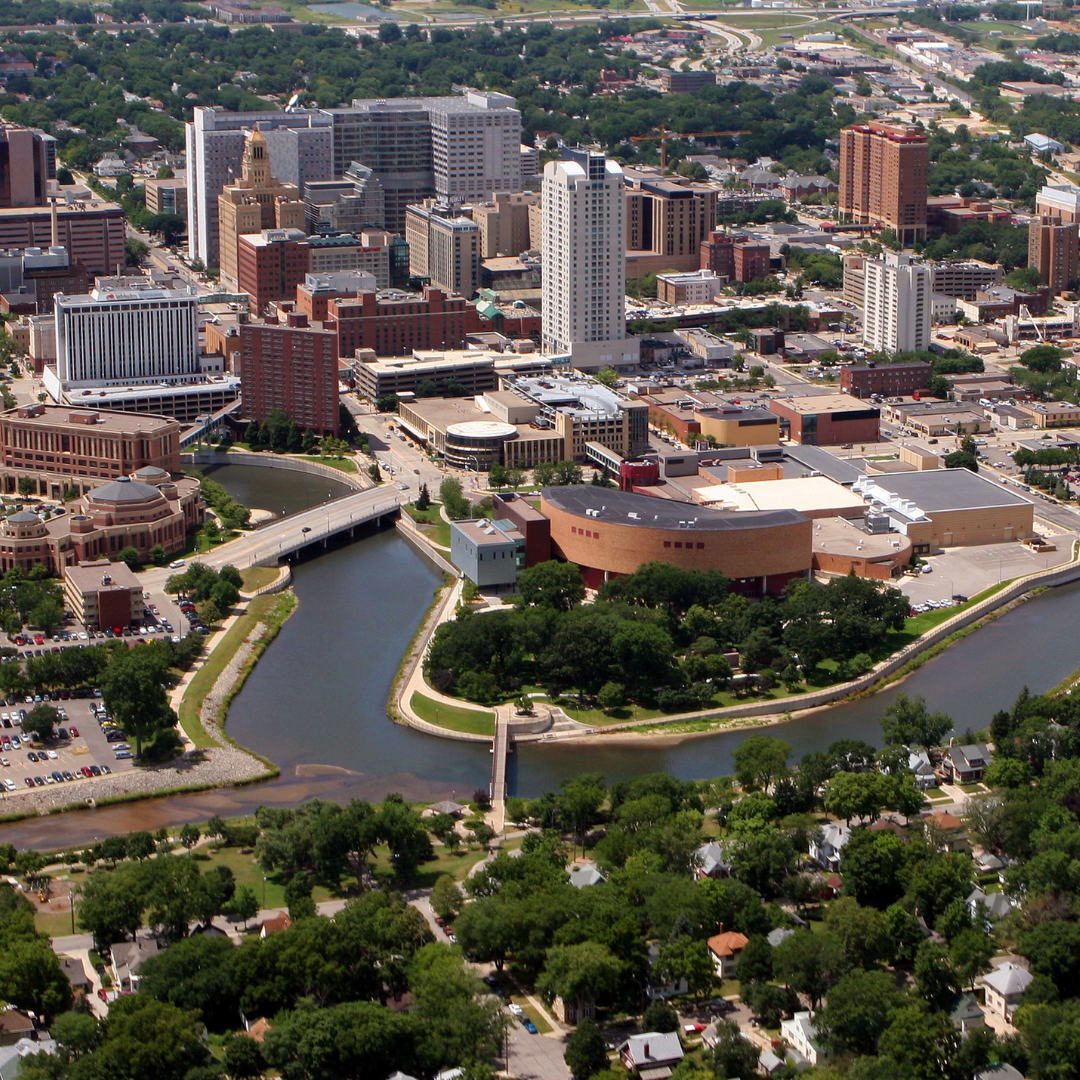
A commitment to centering equity in all the work that we do impact our analysis of community data. Disaggregation of data painted an unseen picture of our community – a community whose aggregate data indicates a thriving economy, high median income and ‘low’ poverty rates but tells a different story for underserved communities where great disparities are evident across social determinants of health. The City of Rochester has a high average median income because of having so many Mayo Clinic healthcare providers (one of the highest per capitol physician to resident ratios in the country), and this number can cause us to wear blinders to the dramatic inequities that exist. As an example, the poverty rate for the City of Rochester is 7.9%, but 40% for Black community members. It also masks issues surrounding affordable housing – often rental rates are based on the Average Median Income (AMI), making even subsidized rentals out of reach for many in our community. This complexity of our community causes some issues about what we can do about economic opportunity.
As we explored prompts from the Mayors institute on how to impact evident disparities in social determinants of health in our community, we realized that this work was aligned with the Global Bloomberg Mayors Challenge grant we were working on. The challenge was to identify and address a pressing social or economic issue using data, as well as ensure that solutions are innovative, effective, scalable, and replicable. In our community, data made it evident that the largest economic disparity, both historical and current, impacts Black, Indigenous and People of Color (BIPOC) women. This disparity was exacerbated by the COVID-19 pandemic and has ripple effects across all social determinants of health.
At the same time, the City of Rochester is experiencing rapid growth in construction/built environment industry due to Destination Medical Center (DMC), a 5.6-billion-dollar investment in the city for the next twenty years. The industry has career opportunities but is struggling to find a workforce. BIPOC women are severely underrepresented in the industry – although they make up 13% of the population, they represent only 1% of the workforce in construction. We saw this as a chance to match great disparity with great opportunity and began to research how to best do so.
Community Co-Design
Co-Design has been used in the City of Rochester to design and develop physical spaces. The outcomes of those projects highlighted the importance of intentionally engaging underserved communities in all phases of design and development. Co-design ‘flips’ traditional engagement and centers creating ‘with’ communities as opposed to ‘for’ communities. We realized that if we wanted to produce innovative, transformative, enduring, and replicable solutions, we needed to have radical collaboration, identifying barriers, and creating solutions with all stakeholders. Underserved communities are not typically engaged (not by choice but by process) in the process and power of identifying solutions to issues that impact them the most and continue to share frustration at the extractive practices often used in the engagement process. Underserved communities are experts in their lived experience, and co-design centers this lived experience as fundamental to solutions and building equitable communities.
Catalyzing Change
Participating in the Mayors Institute challenged us to use data to understand disparities in our community that impact social determinants of health, and then focus on plans that lead to action and change, prompting us to consolidate similar efforts into one project. This led to the use of co-design to develop a prototype for career pathways into the built environment that focuses on three areas: worksite inclusivity, post-secondary training, and early and consistent exposure through the k-12 system. Submission of this prototype to the Global Bloomberg Mayors Challenge won the City of Rochester $1 million and technical assistance over three years to implement the project.
Looking Ahead
Success with using co-design to develop physical spaces and in setting direction for action and policy has led us to leap into using it to develop social transformation solutions. There is also ongoing work to develop a co-design toolkit. This toolkit will allow for replicability, allowing organizations, cities, and communities to navigate complex systems and problems, all while elevating the voices and lived experiences of underserved communities with the goal of eradicating historic and pervasive disparities, and creating meaningful, long-term change. We continue to seek additional funding to support our work, including seeking federal funding that has yielded an additional $750,000 to support our efforts. Sharing our work and learning is important, and we continue to do so with local community organizations, cities and even globally as we understand that systems are intricately woven, and radical collaboration with all entities is imperative to continued success.
We are always looking for opportunities to expand our reach and Federal Infrastructure dollars will certainly be one resource we will pursue! The growth in our community and the resulting need for workers in the development and built environment fields makes our plans so important for our community’s growth and for the health and welfare of our underrepresented residents. It is worth noting that many communities received significant amounts of American Rescue Plan Act (ARPA) funding that could be leveraged to further this work. While our funds are limited, Federal resources including infrastructure dollars, state funds, and partnership support from many community non-profits are vital to our continuing success.
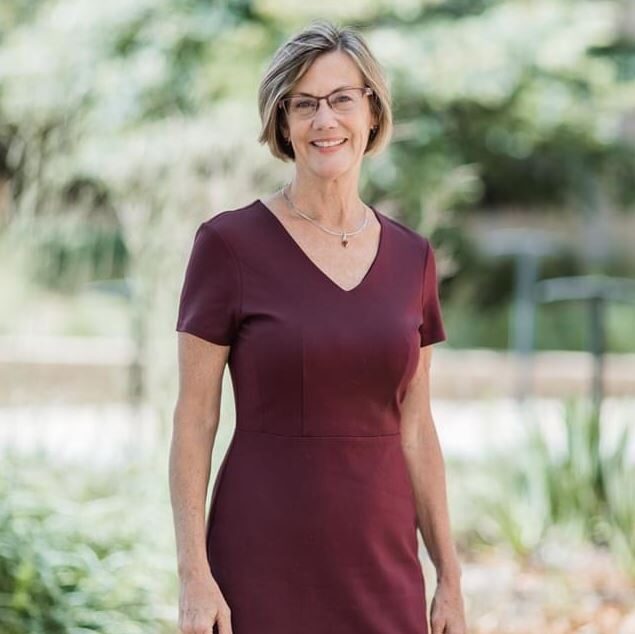
About the Authors:
Mayor Kim Norton, Rochester, MN.
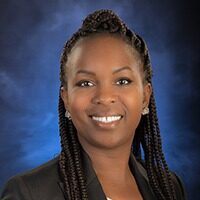
Chao Mwatela, Diversity, Equity, and Inclusion (DEI) Director, Rochester, MN.
